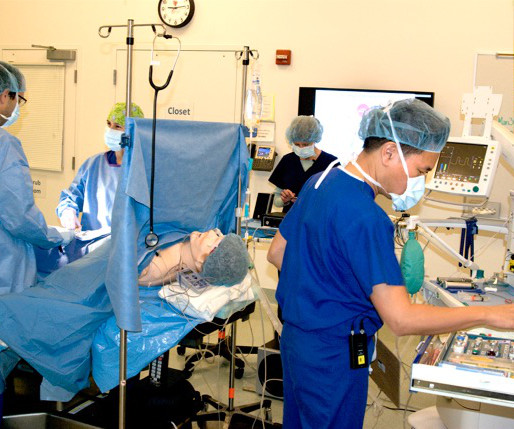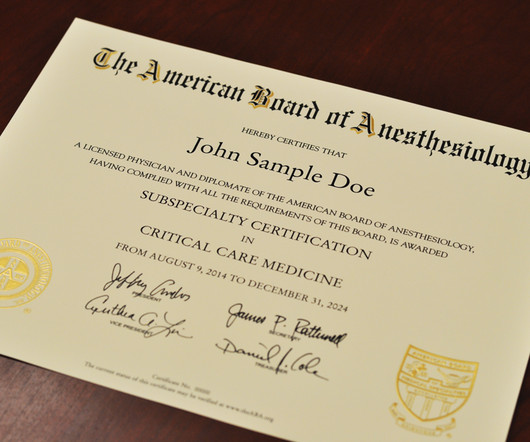A Day in the Life of a Surgery Nurse in the Operating Room (OR)
EARN Cares
MARCH 24, 2022
Properly and safely positioning the patient for surgery to adequately expose the surgical site while preventing injuries and falls. Leading and participating in the official surgical time out to verify the correct patient, correct surgery, on the correct site, with all available supplies and instruments.














Let's personalize your content